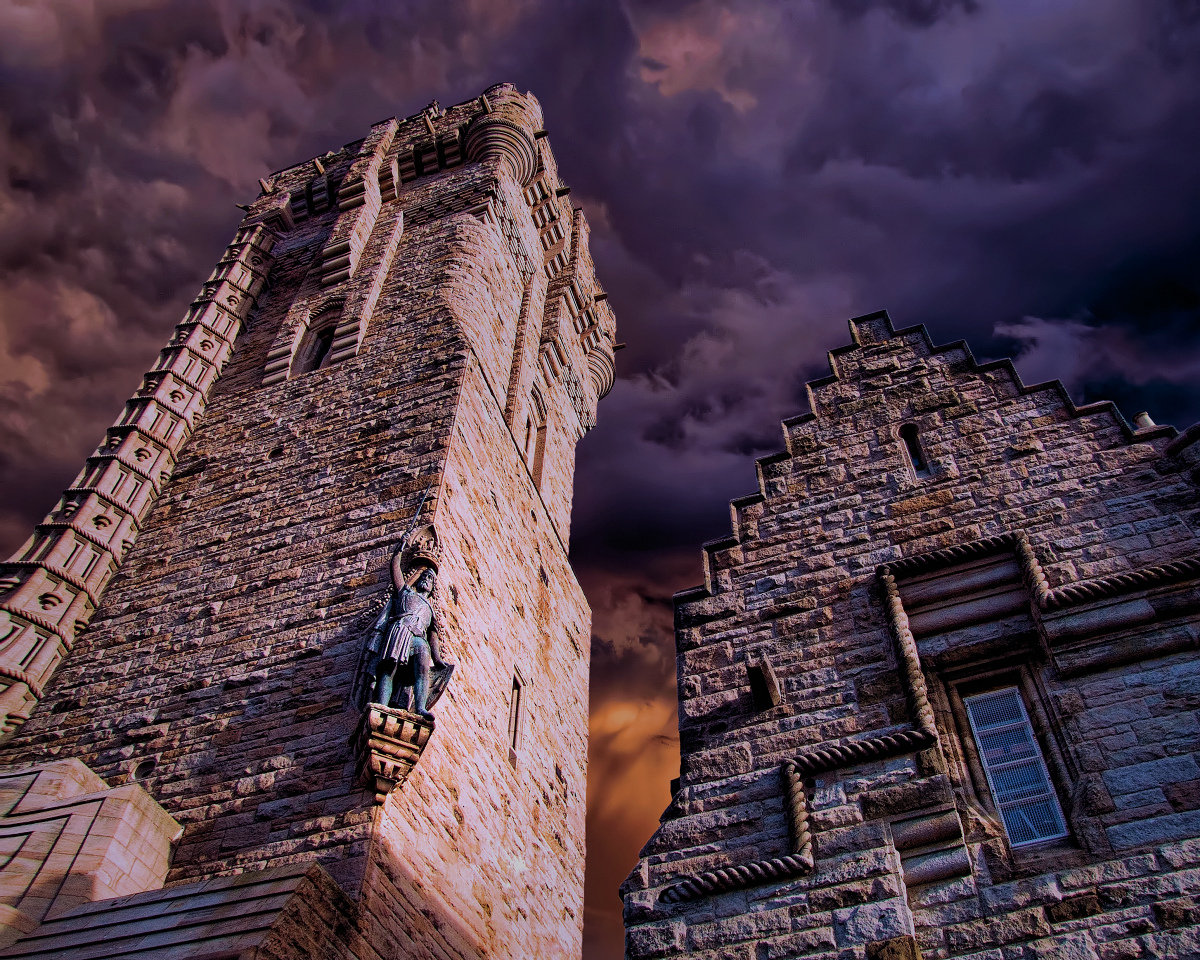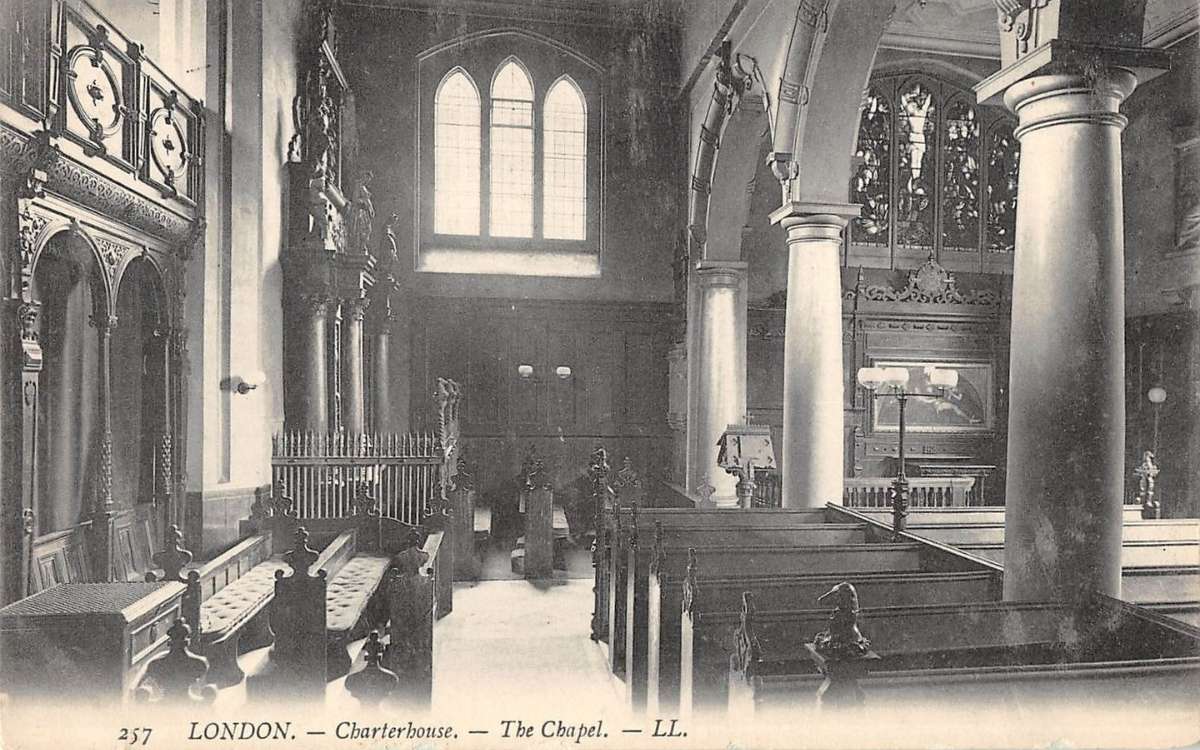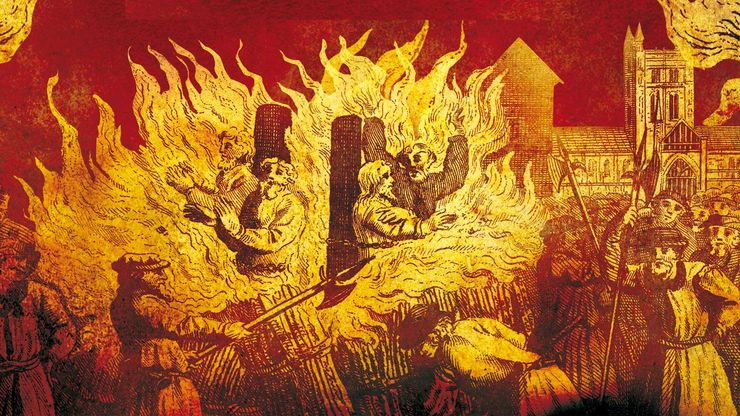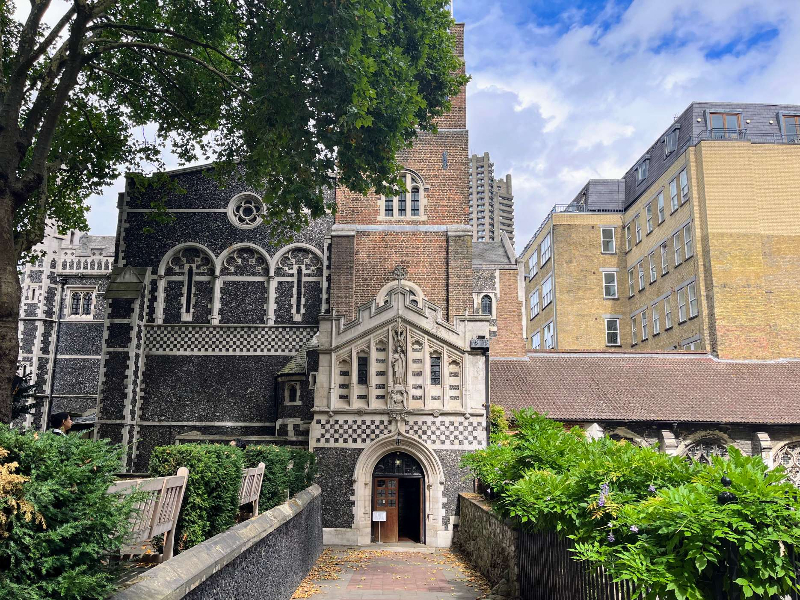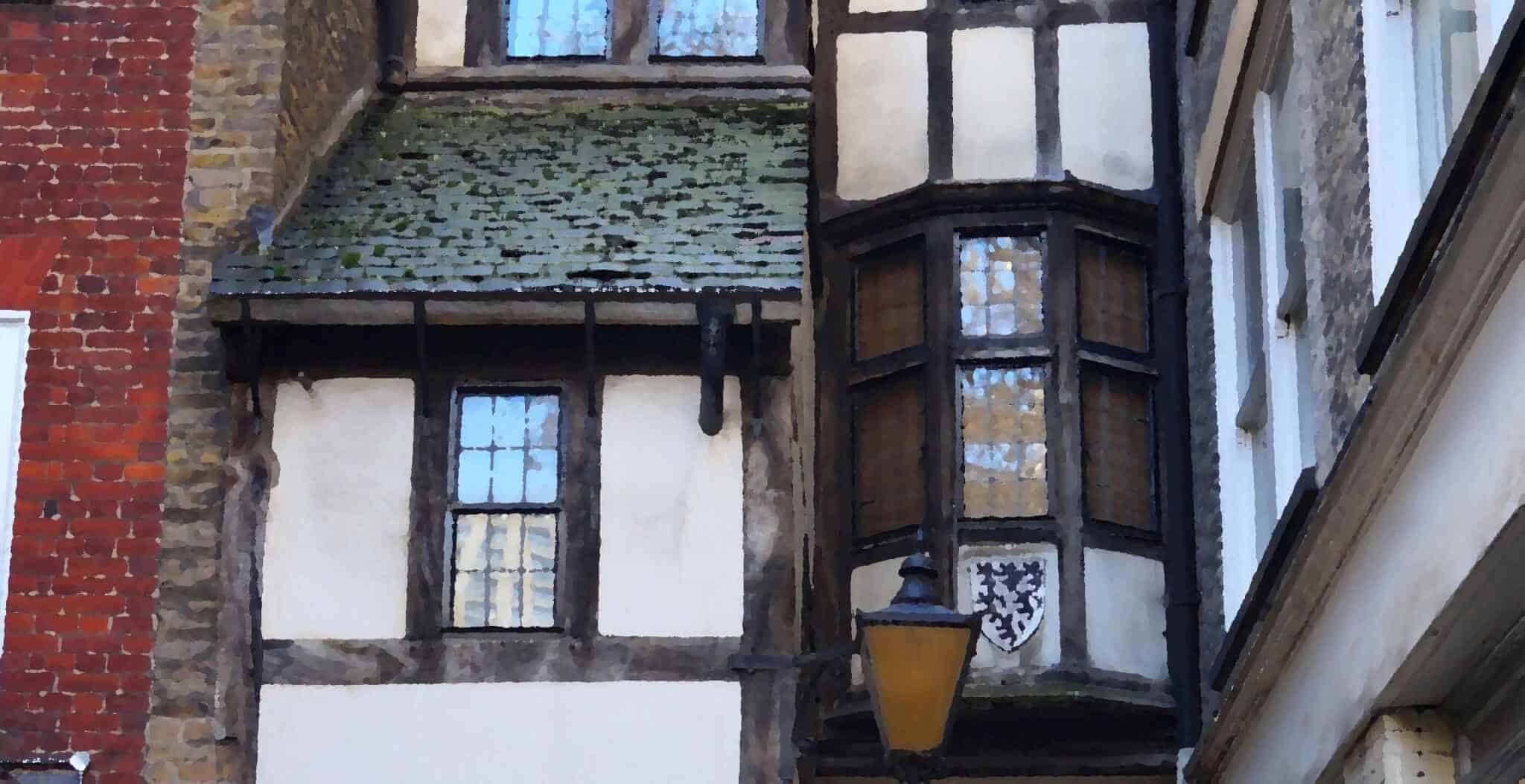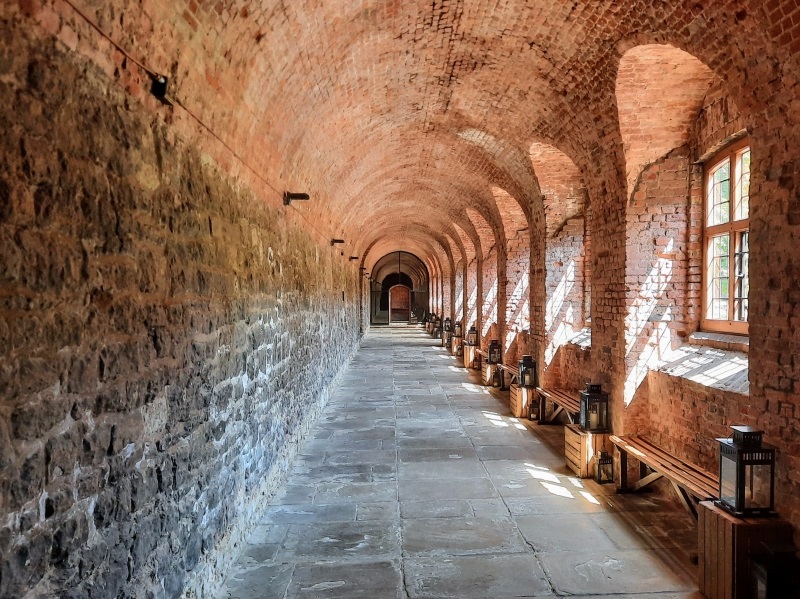
Clerkenwell’s Charterhouse Square: Plague Pits, Monks, Martyrs, and William Wallace next door
Clerkenwell’s ancient Charterhouse and Square were mere minutes from where I used to live for the first 16 years or so of the 21st century. It’s a pleasant spot, where office workers eat their lunch and an inquisitive few tourists check out the Charterhouse itself, a very interesting place indeed. But the area conceals an intensely grim history.
The Crossrail train construction project unearthed the Charterhouse Plague Pit in March 2013. The area became a body pit due to its location just half a mile north of the city walls, so the diseased, bloated dead were thus not literally kept in London proper. Up to 50,000 people were buried there in a mass grave during 1349’s Black Death. In 1381, Sir Walter de Manny established a Carthusian monastery on the north side of the square, where the monks prayed for the souls of those plague victims interred nearby.
Gravediggers maintained some dignity for the deceased
The long-rumored presence of the plague pit gave rise to terrified rumours in the nearby Charterhouse School (the former monastery, former mansion, and now museum/home for distressed gentlefolk), with the massed dead apparently howling from the ditch, or worse, walking listlessly over the burial ground. It is said if you pressed your ear against the cobblestones, the screams of the plague victims below could be heard. Schoolboys once dared each other “to crawl across the square at midnight, when the groans and cries of the dead below could be heard” (Mr Scott Wood, 2013).
The pit lay undisturbed, until Crossrail came along, discovering a well-ordered series of burials in narrow trenches, the bodies stacked in neat rows. Stories about the poor being buried alive are patently false, given the trimness of the finds; gravediggers obviously maintaining some dignity for their deceased charges, rather than slinging everyone in like the contents of a sack of moldy potatoes.
Crossrail extracted the remains of 25 skeletons, one of which is displayed in the Charterhouse museum. Tests revealed a male between the ages of 18-25 who moved to the city from central or Eastern England when he was 5. Breastfed as an infant, he consumed a mainly plant based diet and possessed very bad teeth. The bones displayed the distinct presence of Yersina pestis– the bacterium responsible for the Black Death.

Hung, drawn and quartered
The monastery ended, like so many others, in 1527, due to King Henry VIII’s self-serving ‘Reformation’. Chief Prior John Houghton refused to sign Henry’s Act of Supremacy; for this defiance, he and two other monks were hanged, drawn and quartered. Their heads were displayed on London Bridge and Houghton’s hand (left or right?) was nailed to the doors of the monastery gatehouse above. But this only encouraged the monks’ religious fanaticism - most were executed by the same awful method, or strung up and left to starve to death in Newgate Prison.
During quiet evenings, the residents at Charterhouse have reported the dark-robed monk silently floating in the courtyard, praying as he wafts to the chapel. Residents believe this is one of the monks who perished at Newgate Prison all those centuries ago.
Another legend purports if you went to one of the alleys around the Charterhouse as the sun sets and whistle three times, a spectre would appear at the other end of the passage. One Grace Jackson, who lived in the square in the late 19th century, claimed it actually worked, as an unquiet spirit angrily pursued her and her brother through the former monastery’s remaining gardens.
Personally, I haven’t experienced any such phenomena, but that’s not to say the area doesn’t have a certain eerie atmosphere if you wander through it alone after a late night out.
Which I have.

Howard’s headless ghost still appears at Charterhouse
Thomas Howard, the 4th Duke of Norfolk (1536-72), bought Charterhouse in 1564. Here he intrigued in the Catholic Ridolfi plot to do away with Elizabeth I and replace her with Mary Queen of Scots. The Queen’s agents found coded letters and their cyphers hidden under a mat and amongst some roof tiles. Howard paid the price and was beheaded at the Tower of London on 2nd June 1572. His headless ghost still appears in the Charterhouse, striding the main staircase, with his head held jauntily under his arm.

And the infamous staircase:

The Charterhouse appears in the writings of Daniel Defoe, Charles Dickens and William Makepeace Thackeray.

Clerkenwell and the environs are chock full of other supernatural (or faked) instances, including the notorious ‘Cock Lane Ghost’, one of the more successful deceptions of the age:
Famous rebels and freedom fighters have either been slain (Wat Tyler 1341-1381) or executed (William Wallace, 1270-1305) in (very) nearby Smithfield, but I have yet to hear about either haunting the area, although they have been seen in other places (supposedly). You’d think, if anywhere, they would have lingered at the scenes of their untimely demises though, surely?
Wallace’s memorial on the outer wall of St. Bartholomew Hospital is regularly garlanded with flowers and other tokens of esteem:

‘Bloody Mary’s’ macabre watchtower
Other horrors also haunt Smithfield, chiefly the brutal executions of forty-eight of the 288 people* estimated to have been burnt for heresy during the five- year reign of Queen Mary Tudor (1553-58) there. ‘Bloody Mary’ was said to have constructed a special watchtower to better hear and see the killings, scarfing on roast chicken and quaffing red wine while she did so.
Charming.
Some have said she watched from the suitably creepy Gatehouse at St. Bartholomew the Great (itself haunted by jester founder Prior Rahere, and maybe a subject for another piece), but this was built in 1595 atop a 3rd-century stone arch, long after Mary’s death thirty-seven years before.
Perhaps the ghostly sounds of the martyrs were obscured by the busy Smithfield Meat Market, which was often open throughout the night.

* Plus eighteen in Lewes in Sussex, seventeen in Stratford-atte-Bow (now Bow in East London), fourteen in Canterbury and seven in Maidstone (both these latter in the county of Kent).

Useful further reading on the subject:
Stephen Arnell’s novel THE GREAT ONE is now available on Amazon Kindle:




